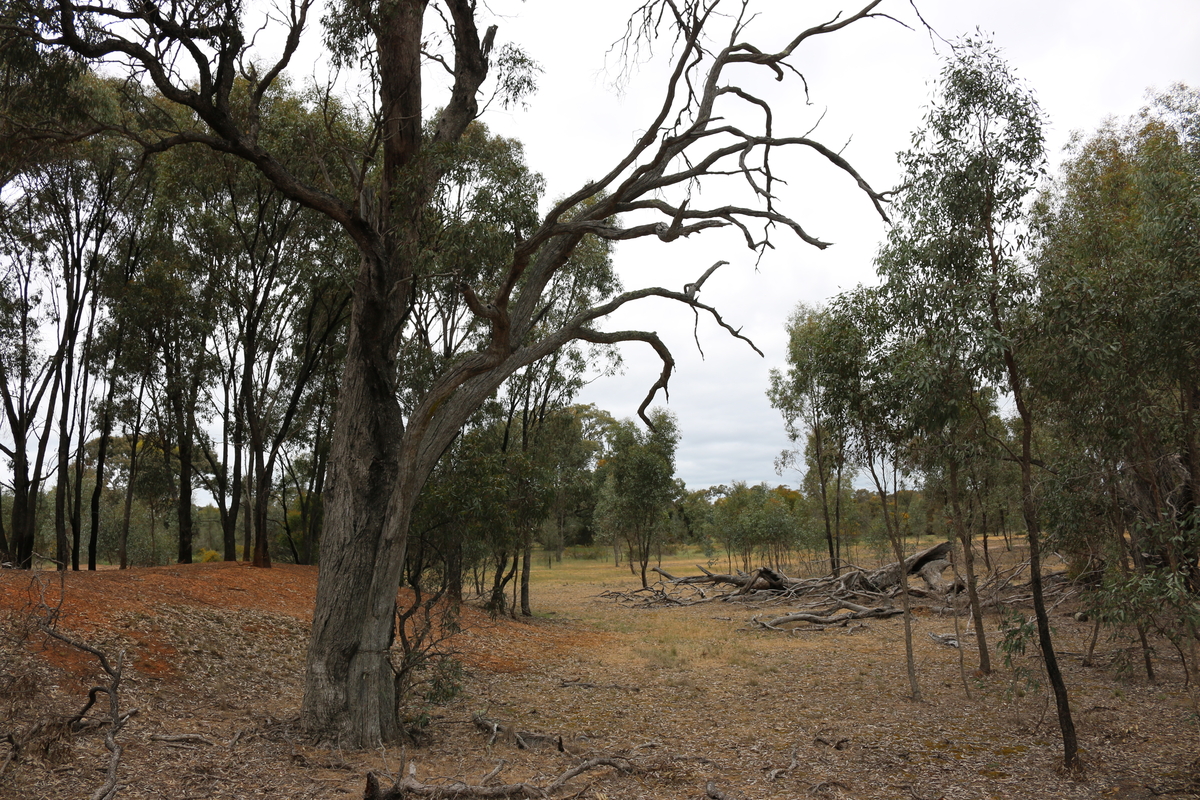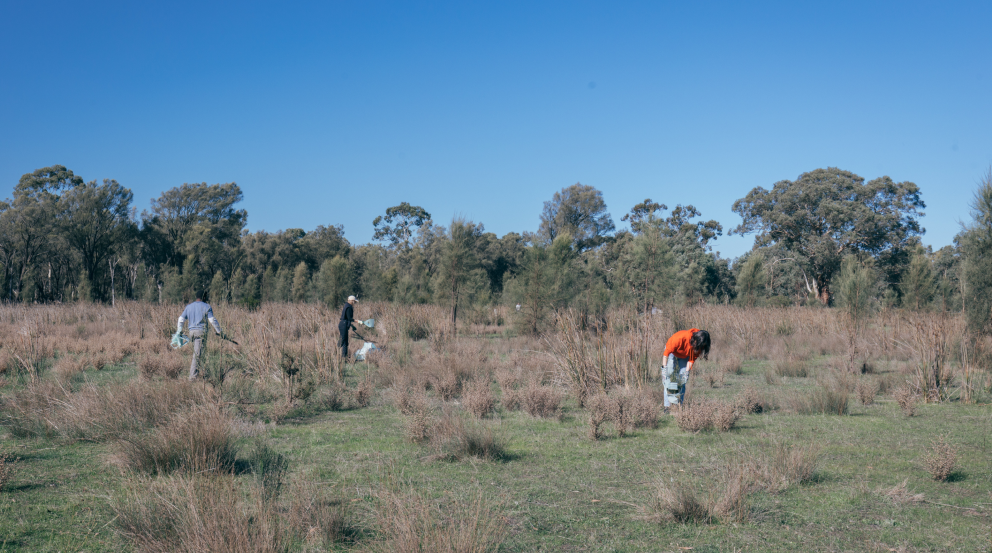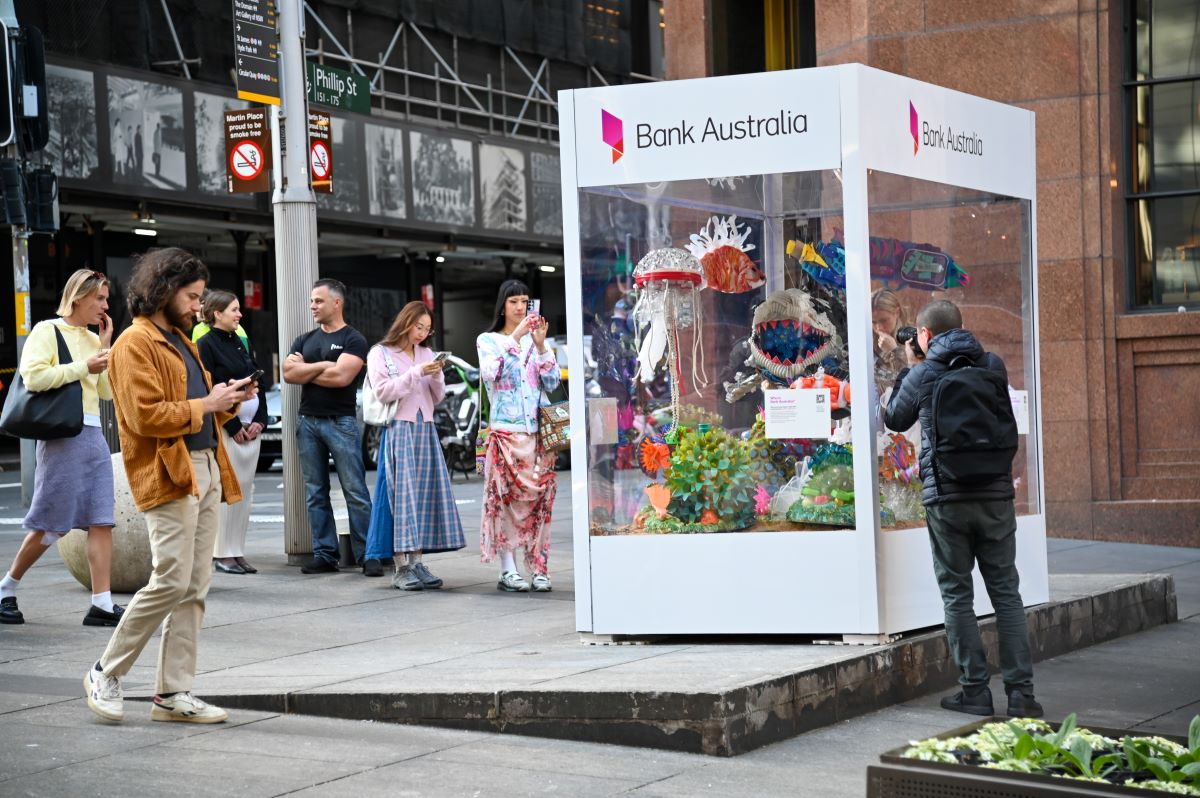World leaders and climate experts are gathered in Egypt right now for the latest UN climate change conference (COP27). The challenge is clear: we need governments and businesses working together to keep the global temperature increase within safe levels.
Floods, bushfires and increasing numbers of unprecedented weather events offer a grim warning of our shared climate future. Scientists predict the world is currently on track to experience a 2.7°C increase in global temperatures, far above the limit of 1.5°C that could avoid the worst effects of climate change. Many nations are already experiencing climate emergencies. So we need to act decisively, and we need to act now – to change this trajectory.
There’s still time to act on climate
Modelling from the Intergovernmental Panel on Climate Change (IPCC) shows we have the tools to keep global warming under the Paris Agreement’s goal of well below 2°C – and a viable pathway to halving global emissions as early as 2030, with an opportunity to limit warming to the much safer 1.5°C target. It will take governments, individuals and the private sector acting urgently and collaboratively to make this a reality.
The United Nations Secretary General Atónio Gueterres described one of the most recent reports from the IPCC as a “code red for humanity”. You can explore interactive scenarios of how Australia’s future could thrive if we pull all the climate levers available to us, and the code red warning if we don't step up.

What role does banking and finance play?
Many people don’t realise that the money in your bank account doesn’t just sit there: banks use it to lend and invest. The industries that banks loan to can shape the world we all live in. Australia’s banking and finance sector has the potential to mobilise significant funds in support of climate solutions, and to stop harmful industries from continuing to damage people and the planet.
“If we’re going to reach net zero with a chance of limiting global warming to 1.5 degrees, we need to move quickly and we’re going to need a coordinated effort across the public and private sectors. Banks have a lead role to play in using customers’ money to be part of the solution to the climate crisis,” says Jane Kern, our Head of Impact Management.
Banks can do this by investing in Australia’s net zero transition, supporting renewable energy and other green industries through their products and portfolio decisions, and divesting from harmful industries, like fossil fuels.
That’s why our clean money promise, underpinned by our responsible banking policy, involves never funding fossil fuels – and focuses on clean energy transition and protecting nature.
At Bank Australia, we see COP27 as a global signal of the urgent need to collaboratively increase climate ambitions across the banking sector, and for the sector as a whole to take leadership in driving the race to net zero.

Why our 2035 net zero target is so ambitious
At Bank Australia, we’ve set a 2035 net zero target because we know 2050 is too late. Bold action is needed for our best chance of avoiding the worst impacts of climate change.
Given Australia’s very high emissions, wealth, and enormous potential for renewable energy, net zero by 2050 is just not good enough to meet Australia’s fair share of climate action.
Our customers tell us climate change is their number one concern, and as a customer-owned bank we’re committed to using their money to take action on the issues they care about.
“For us, electrified, sustainable homes and transport are top priorities, as is protecting nature and biodiversity. But we also believe that the transition to net zero must occur in a just way, and we must listen to and take leadership from First Nations peoples and the communities on the frontlines of the energy transition.” – Jane Kern, Head of Impact Management

Ways you can take climate action during COP27
- Amplify young First Nations climate leaders, like our partner organisation Seed Mob
- Get involved with WorkforClimate
- Check what your money is funding through your super and banking
%2520(1).webp)







